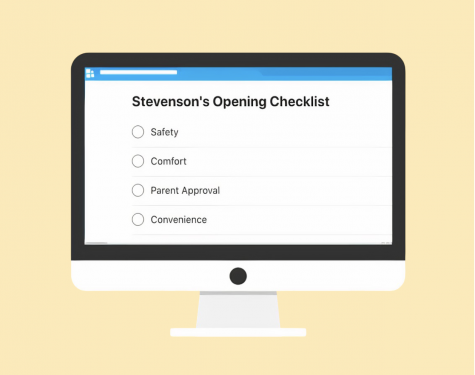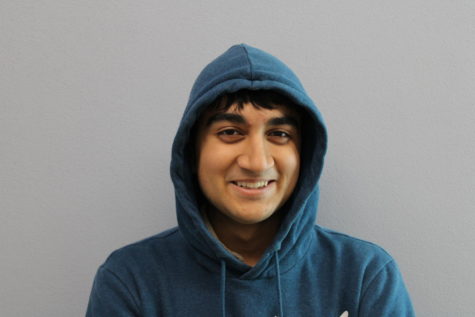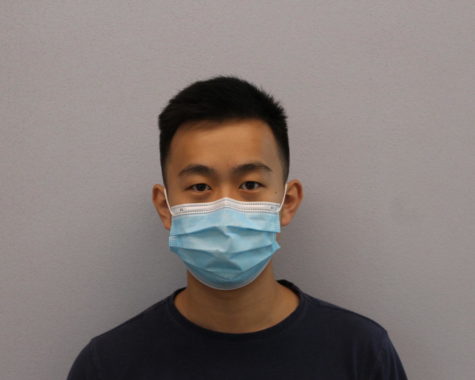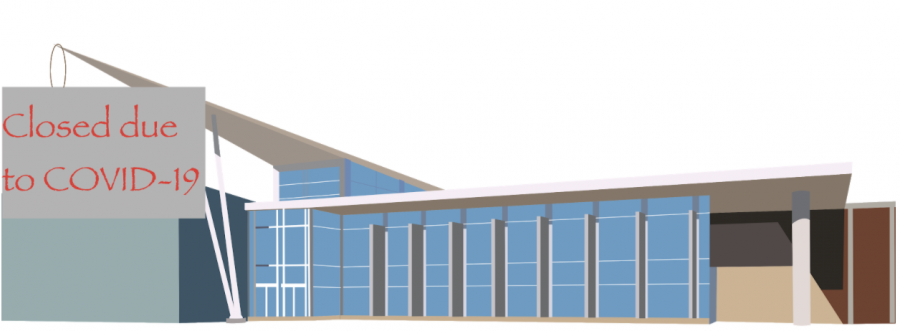A Strange Start
Schools respond to COVID pandemic, educational structures vary across institutions
As Estella Yan ’23 logs into Zoom, she mentally prepares herself for another day of remote learning. During the school day, Yan joins seven separate Zoom meetings for each of her 37 minute long classes. After classes are over, she attends her club meetings through Zoom as well.
Meanwhile, nearly 200 miles away in Urbana-Champaign, Christopher Yang ’20, a current freshman at the University of Illinois at Urbana-Champaign (UIUC), stays on campus but also attends his college courses on Zoom. At both schools, students are experiencing a new structure to school life. Across the state and country, schools have been forced to institute new policies in order to combat the effects and spread of COVID-19.
For the first semester of the 2020-2021 school year, Stevenson High School has opted for a fully online curriculum. Although school is entirely online, the expectations for students remain the same — students are expected to be present and participating on Zoom for every class and completing homework and assessments.
“We have an expectation that teachers and students are meeting together on Zoom every single day,” Principal Troy Gobble said. “We [the administration] are expecting there to be interaction between students and teachers every day to build connections and stay connected online while at home”
Although, like Stevenson, some schools chose to remain closed, others have made the decision to remain open. For example, at UIUC, students and faculty are allowed to choose whether they wish to remain on or off campus. Students at home are allowed to work mostly restriction free, whereas students on campus have to regularly get tested for COVID.
“We are required to be tested twice a week and are assigned certain test dates,” Yang said. “Classes are mostly online and we take exams through the Zoom proctoring of our workspaces.”
Despite having an online curriculum, schools are still able to open their campus for other purposes. Stevenson is allowing students to go to campus for sports, clubs, and theatre productions, among other activities. Gobble believes that the school should try to simulate a real school year by allowing more and more students to go to campus for their extracurricular activities.
“We have clubs, sports, and even forty kids on campus for special education and other programs every day. There’s a lot of different ways that people are at school, and it’s important,” Gobble said. “We’re going to try to keep on increasing that number.”
In order to go on campus, Stevenson students and visitors must meet several requirements. All campus visitors are required to wear a mask, observe social distancing guidelines, fill out a screener application and bring their own water bottles.
COVID-19 has also had large impacts on other parts of school and campus life outside of classroom experiences. For Yang at UIUC, the observation of quarantine guidelines has led to the deterioration of the standard of university-provided meals.
“School food is terrible now because it’s no longer a buffet and the options are super limited and repetitive,” Yang said.
Furthermore, some believe that the education quality of an online curriculum is disadvantageous in comparison to synchronous classroom learning. Still, Yan feels that for Stevenson to open its campus, the plethora of regulations and guidelines that must be followed would detract from the benefits of a classroom education system.
“I think it’s been more difficult to focus in class and there’s something about online learning that takes away your motivation to learn things,” Yan said. “But considering how school might look if we were in school with masks and social distancing, it might just be more convenient to stay at home and learn online.”
Ultimately, everyone hopes that the pandemic passes and people return back to their everyday lives. Gobble recognizes that although people are searching for a return to established habits, the number one priority is still safety. As a result, Gobble aims to bring Stevenson back to open-campus classes as soon as epidemiologically advisable.
“I know how hard all the students and teachers are working to do the Zoom lessons, and I think by the end of first semester, people are going to want to come back and be tired of Zoom,” Gobble said. “We’re going to do everything we can to give people that opportunity, but we have to make sure we’re safe.”




